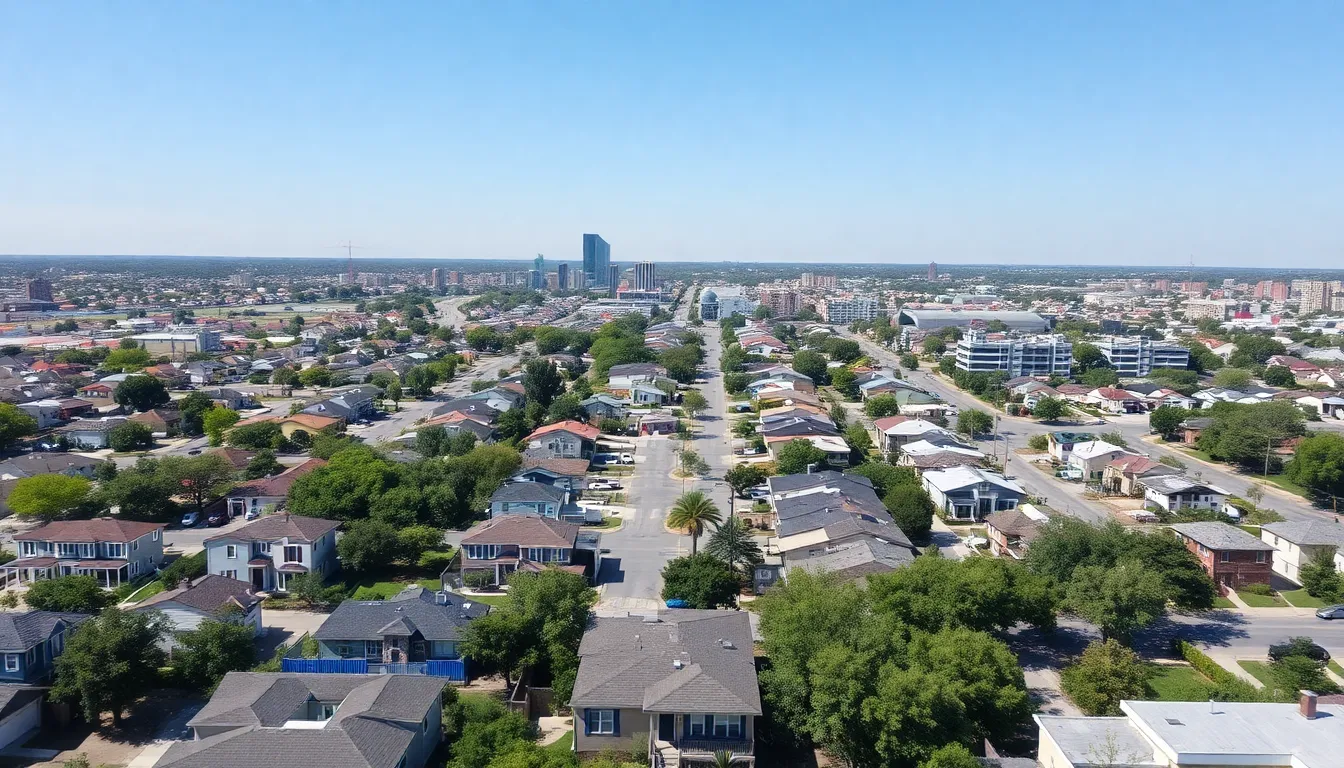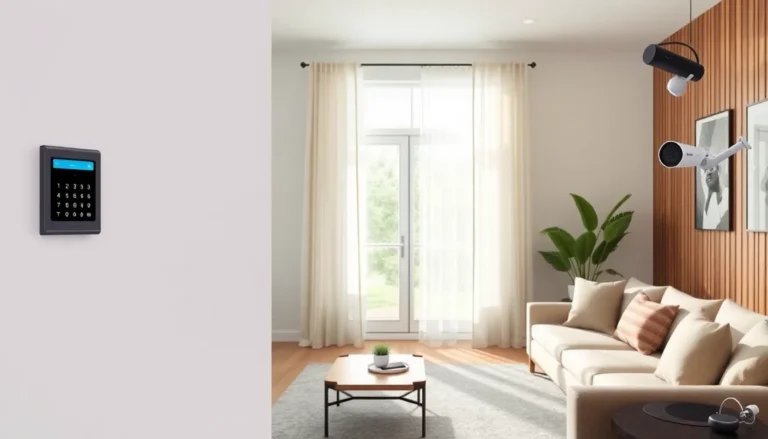Austin’s real estate scene is hotter than a jalapeño in July, and it’s drawing attention from buyers and investors alike. With its vibrant culture, booming tech industry, and live music that never sleeps, it’s no wonder people are flocking to the Lone Star State. But what’s really happening in the market?
Table of Contents
ToggleOverview of Austin Real Estate Trends
Austin’s real estate market demonstrates significant growth, with home prices increasing consistently. In 2023, the median home price reached $550,000, reflecting a 15% rise from the previous year. Demand remains high, driven by the influx of new residents attracted to the city’s tech opportunities and vibrant lifestyle.
Investors actively seek properties in Austin, recognizing its potential for appreciation. Rental rates have also climbed, reaching an average of $2,300 per month for single-family homes. This demand reinforces the attractiveness of multifamily and rental properties in the area.
New construction plays a crucial role in meeting housing demands. Developers have ramped up building efforts, adding thousands of new units to the market. Despite this, inventory levels often remain low due to ongoing population growth.
Market activity varies by neighborhood, with areas like East Austin and the Domain seeing the most notable appreciation. Urban areas continue to attract young professionals, while suburban communities appeal to families seeking more space.
The timing for entering the Austin real estate market is critical. Buyers face challenges including rising interest rates, which have increased borrowing costs. However, favorable long-term investment prospects keep many engaged in the market.
According to the Austin Board of REALTORS, home sales trends indicate a slight cooling in recent months, suggesting a shift toward a more balanced market. Various factors contribute to this shift, including changes in buyer behavior and an increase in inventory.
Overall, Austin’s real estate landscape remains dynamic, reflecting broader economic trends and demographic shifts. Commitment to staying informed about these developments proves essential for success in this evolving market.
Current Market Conditions

Austin’s real estate market shows significant activity, reflecting the vibrant economy and ongoing population influx. Key metrics define current trends.
Inventory Levels
Supply in Austin remains tight despite new construction aimed at meeting demands. Housing inventory has often lagged, resulting in competitive bidding among buyers. Approximately 2.1 months of inventory currently exists, indicating a seller’s market. Neighborhoods like East Austin and the Domain face particularly low availability. This scarcity drives urgency among prospective homeowners and investors alike, further intensifying market dynamics.
Price Trends
Home prices in Austin continue to rise steadily, with 2023 marking a median price of $550,000, up 15% from the previous year. Various factors, including market demand and buyer competition, contribute to this upward trend. Rental rates also reflect this increase, averaging $2,300 per month for single-family homes. Buyers navigating this landscape encounter challenges related to affordability, influencing their purchasing power. A balanced market may emerge as new supply enters, potentially stabilizing prices while still appealing to long-term investors.
Factors Influencing the Market
Several elements shape the Austin real estate market. Rapid economic and population growth drive current trends, impacting home prices and rental rates.
Economic Growth
Austin’s economy flourishes, supported by a booming tech sector. Major companies continue to move to the area, creating job opportunities for residents. In 2023, increased employment rates correlate with higher demand for housing. Investment in infrastructure and local amenities enhances the city’s appeal, leading to a competitive real estate environment. Additionally, wage growth outpaces national averages, attracting more homebuyers looking for quality living combined with career prospects. Developers keep pace with this economic surge, catering to the influx of new residents and ensuring housing options remain diverse.
Population Growth
Population growth fuels the real estate market in Austin. The city’s vibrant culture and thriving job market draw newcomers from various regions. In 2022, the population increased by 3.5%, positioning Austin among the fastest-growing cities in the U.S. This expansion intensifies the demand for housing, often straining available inventory. Families and young professionals seek neighborhoods known for their amenities and lifestyle. As the city continues to grow, competition for homes and rental properties intensifies, keeping market dynamics in constant motion.
Future Predictions for Austin Real Estate
Austin’s real estate market shows promising signs for the future, shaped by ongoing developments and shifting demographics.
Emerging Neighborhoods
East Austin and the Domain remain hot spots for growth and investment. New developments in these areas attract young professionals seeking modern amenities and vibrant community life. As the tech industry expands, neighborhoods like Mueller and Riverside catch the eye of buyers interested in affordable options and proximity to urban centers. West Campus appeals to students and young adults due to its accessibility to universities and vibrant nightlife. Emerging neighborhoods present lucrative opportunities for investors as they experience increased demand and appreciation in home values.
Long-Term Projections
Market analysts expect a continued rise in home prices through 2025. They project a minimum annual increase of 5% driven by job growth and a stable influx of residents. Housing inventory may gradually improve but will likely remain limited compared to demand, sustaining a competitive environment. Predictions indicate that rental rates will also remain high, averaging around $2,600 per month by 2025 as more individuals seek housing in Austin. Overall, the evolving market reflects positive long-term prospects, making Austin an appealing choice for both buyers and investors.
Austin’s real estate market is poised for continued growth fueled by a vibrant economy and an influx of new residents. The combination of rising home prices and increasing rental rates highlights the city’s appeal to both buyers and investors. As developers work to meet housing demands, emerging neighborhoods are becoming hotspots for those seeking affordable options.
While challenges like rising interest rates and limited inventory persist, the long-term outlook remains bright. With ongoing job creation and a stable population increase, Austin is set to maintain its status as a desirable destination for real estate investment. The dynamic nature of the market underscores the importance of staying informed and ready to act in this competitive environment.



